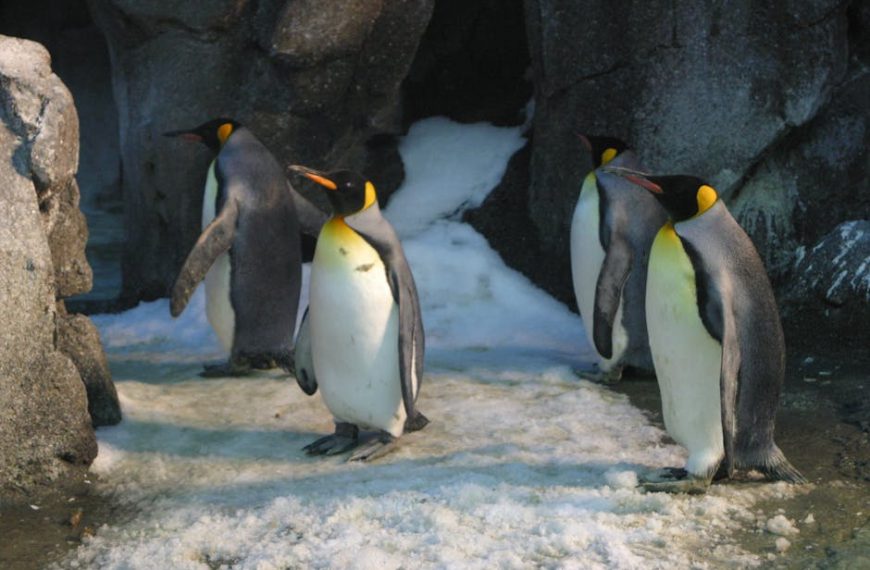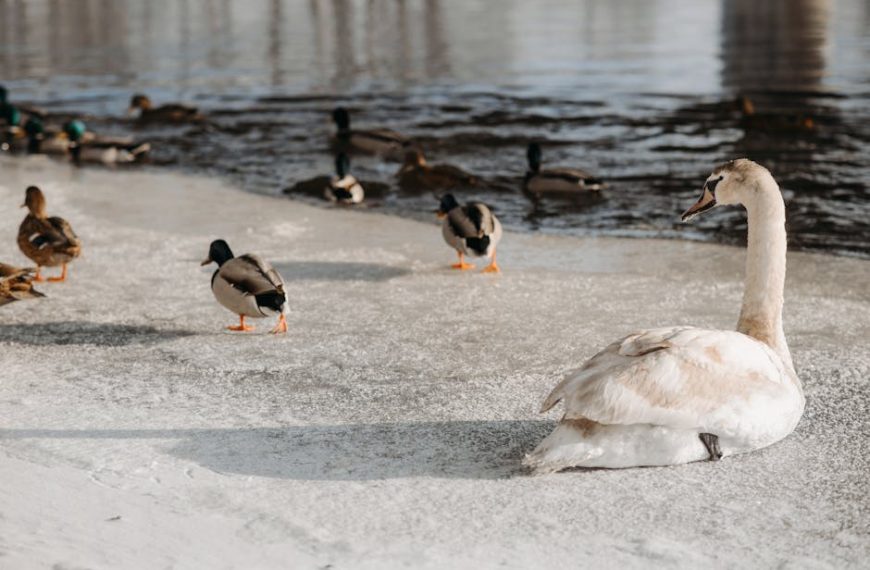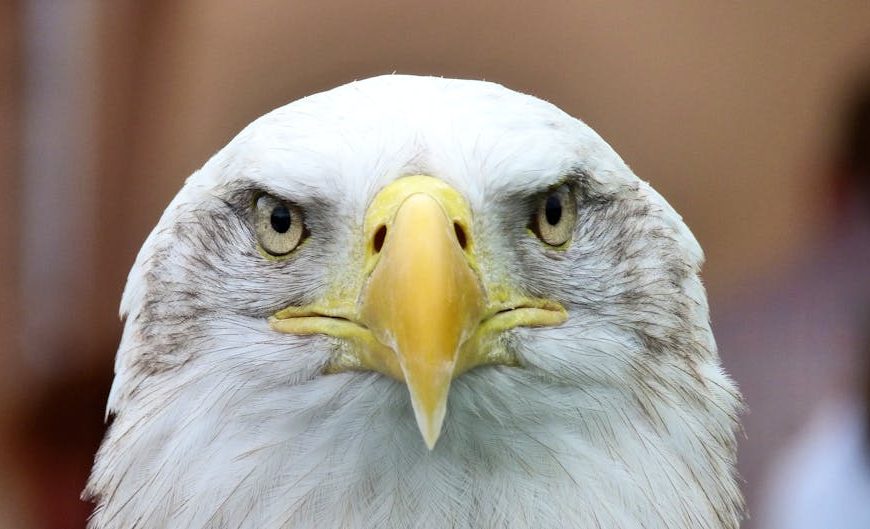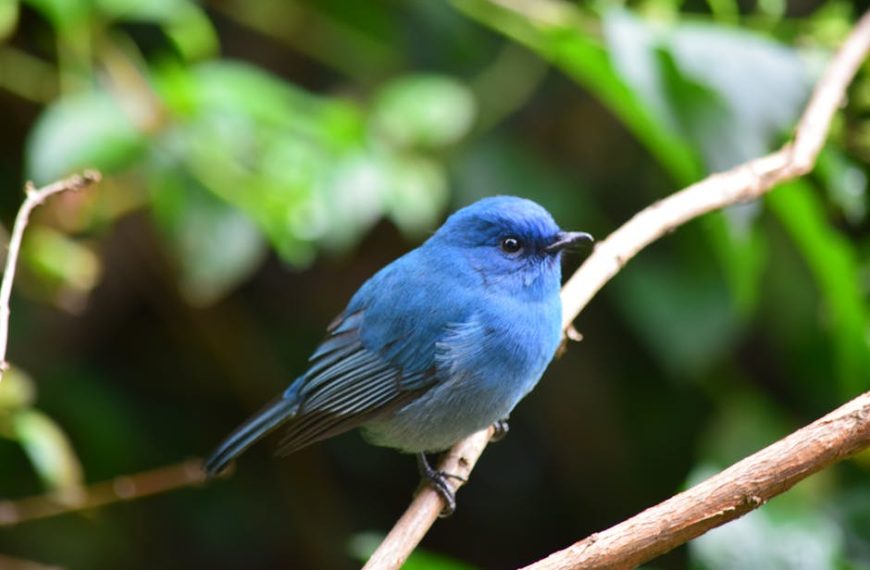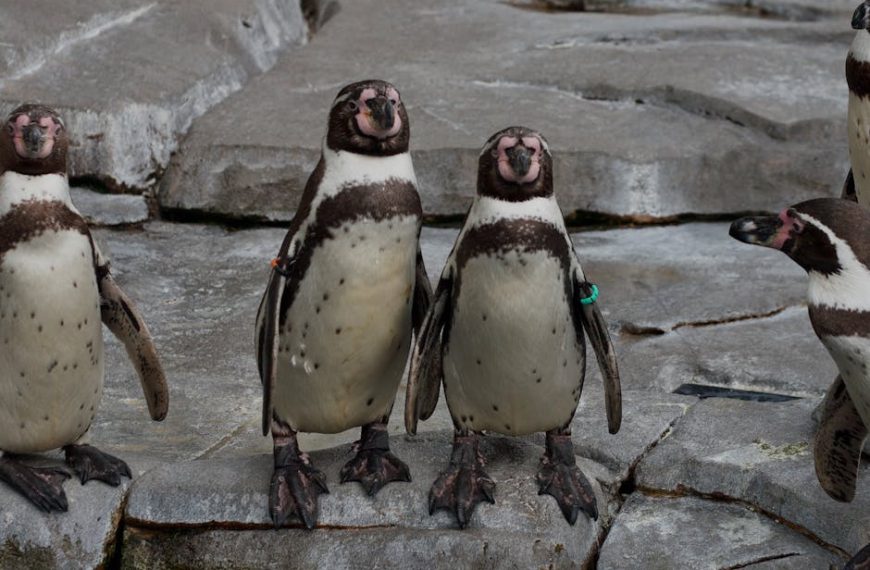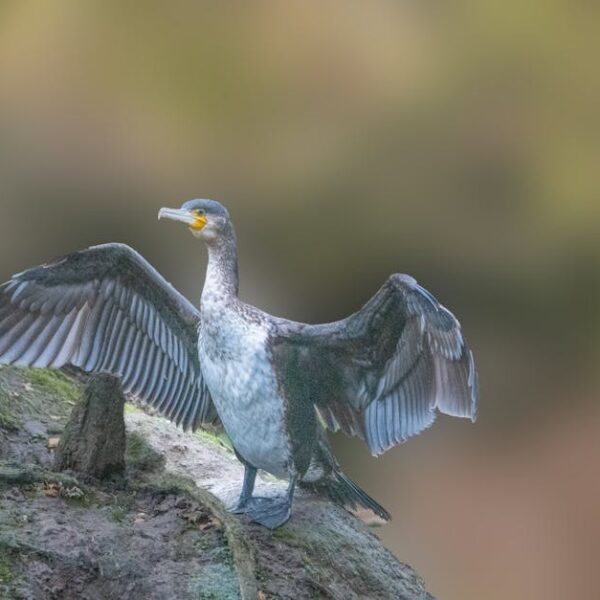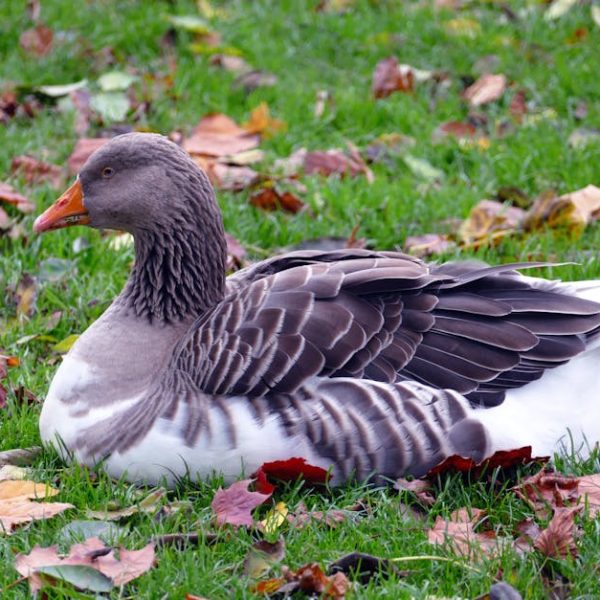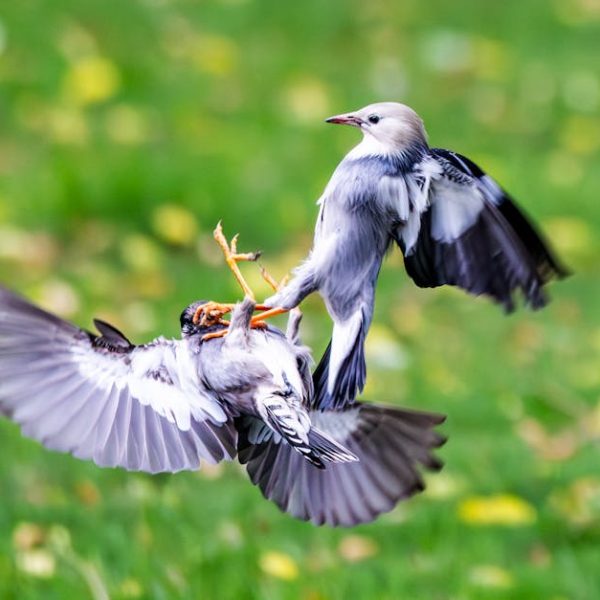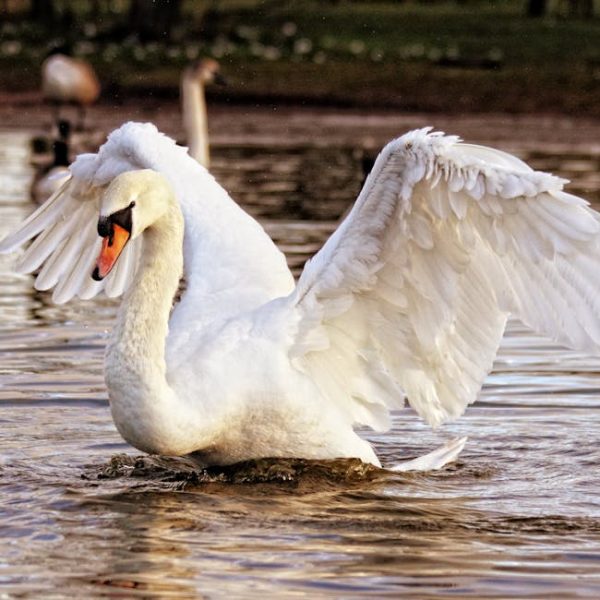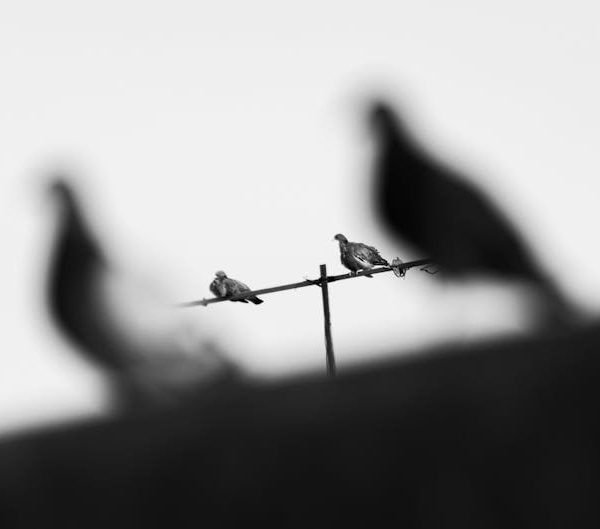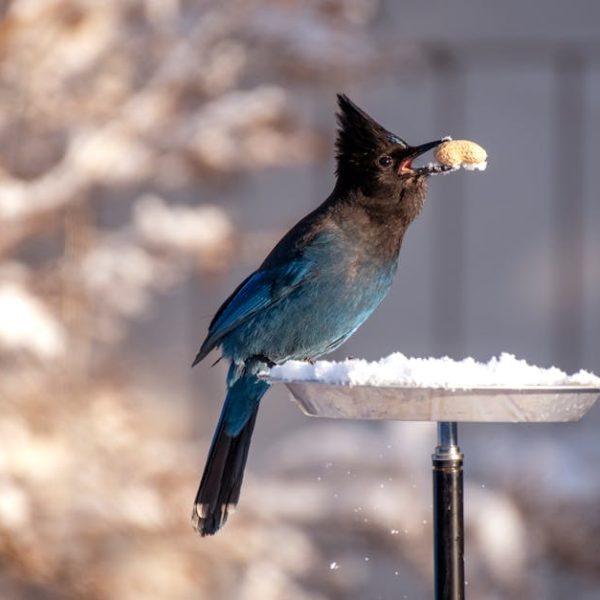Transcending the mundanity of monotone, mundane sketches, elevating your artistic prowess to a novel dimension involves conjuring ideas that blend realism with creativity. Drawing a feather with emerging birds is one such visual metaphor where simplicity and intricacy coalesce. Let’s dive into this intriguing fusion.
Materials You Will Need
Your artistic endeavor begins with gathering quality drawing materials. Starting with drawing pencils—the backbone of sketching—understand their uniqueness compared to standard pencils. Unlike your usual HB writing pencil, artists typically use 2B to 8B pencils for sketching, which offer a more extensive range of darkness.
Equally vital is your eraser sharp and clean—ready to mend mistakes and create highlights. A pliable kneaded eraser proves beneficial for its moldable nature and gentleness on paper. Speaking of paper, the heavier its weight, the better it withstands erasure and shading.
Here are the recommended brands for the basic tools:
- Pencils: Faber-Castell, Staedtler, Derwent
- Erasers: Tombow, Staedtler
- Paper: Strathmore, Canson
Sketching the Main Outline
Begin your sketch by capturing the main silhouette of the feather. Your lines at this stage should be light, serving merely as a guideline for the final sketch. The focus here lies in capturing the overall structure of your feather, including the central spine and encompassing vanes.
Parallelly, lightly sketch the fundamental outlines of the emerging birds focusing on capturing their salient features and positions within the feather.
The checklist for sketching the main outline:
- Draw the central spine of the feather.
- Sketch the contour of the vanes.
- Outline the emerging birds within.
Drawing the Feather Details
With the basic shape in place, it’s time to breathe life into your feather. Understanding the texture and flow of feathers elevates its realism significantly. Turn to a real feather or a detailed image for reference, and observe how the barbs cascade down from the spine.
The trick relies on subtly drawn converging lines, radiating from the spine, replicating the barbs’ alignment. But remember—no two feathers are identical. The beauty lies in the imperfections.
Drawing the Emerging Birds
It’s time for the birds to take flight. Begin detailing your birds, keeping them simple yet distinctive. Create interest by varying the kinds of birds and their positions, sticking to your initial guideline but not fearing to deviate if required.
The level of detail to furnish your bird sketches with can be decided based on the size of the birds in your composition. Remember, these are merely outline sketches that need to fit within the confines of your feather without overpowering its delicacy.
- Sketch basic bird shapes with thin, light strokes.
- Add minor detailing to invoke various bird species.
- Ensure that your birds blend seamlessly with the feather design.
Adding Shadows and Final Touches
The union of shadows, highlights, and minor tweaks can transform your sketch from two dimensional to a believable three dimensional piece.
Begin by adding depth to your birds and feather. Darken the areas of the birds that are still within the feather and the underside of the feather to create a shadow effect. Use your eraser to create highlights, particularly on the feather’s spine and the birds taking flight. Finishing touches may include intensifying certain shadows, making specific areas in the sketch clearer or softer, or adding small details to the birds.
Here are some best practices for shading and highlighting:
- For shading, use the side of your pencil lead for a smooth gradient.
- Apply more pressure on your pencil for dark shades and less for light ones.
- Use your erasers (particularly kneaded erasers) for highlights.
- For softer areas in your sketch, use a blending stump or your fingers.
This step-by-step guide aims to assist you in drawing a feather with birds emerging from it. Like any artistic adventure, remember that practice makes perfect. So, keep your pencils sharp, your erasers clean, and let your creativity soar. Happy drawing!
Key Takeaway:
- The importance of quality drawing materials including pencils, erasers and paper is emphasized. Recommended brands are listed.
- The process of sketching the main outline of the feather and emerging birds is discussed, focusing on shape and proportion rather than detailed features.
- Effective strategies for creating realistic texture details for the feather are shared, with an emphasis on careful observation and correct line direction.
- Guidance is provided for drawing the birds, addressing the level of detail required and the balance between simplicity and complexity.
- Final tips are offered for adding depth through shadows and highlights, using erasers effectively and making final touches.
Finding the harmony between simplicity and complexity is pivotal in artistic endeavors. The use of quality materials, careful observation, and precise techniques can bring your art to life. In the process of creating, remember that each stroke contributes to your growth as an artist. Embrace every challenge as a stepping stone towards artistic excellence.
FAQs
Q: What kind of paper is suitable for this kind of drawing?
A: Heavier weighted paper is recommended as it can better withstand erasure and shading. Brands like Strathmore and Canson are popular picks.
Q: I’m struggling with creating texture on the feather, can you provide more tips?
A: Observing a real feather or a detailed image can help. Pay attention to how the lines curve away from the spine and how the barbs cascade down. Keep it subtle and remember, imperfections add uniqueness.
Q: Should the emerging birds be in different positions?
A: Absolutely, varying the types and positions of the birds can make your drawing more interesting. However, keep them in harmony with the overall composition.
Q: How can I effectively use shadows in my drawing?
A: Identify areas of your drawing that would naturally have more shade or less light. Apply more pressure on your pencil there for a darker shade. Shadows can add depth and a three-dimensional effect to your art.
Q: How can I use the eraser to create highlights?
A: Your eraser can be used to gently rub off areas that would naturally have more light. This could be the top parts of the feather or the parts of the birds taking flight.
Feeling inspired to take on this creative challenge? Remember to celebrate every step of the process and don’t be hard on yourself. Creativity takes courage, so keep persevering and let your artistry take wing. Don’t forget to share your drawings and explore more guides on our website for further inspiration.

